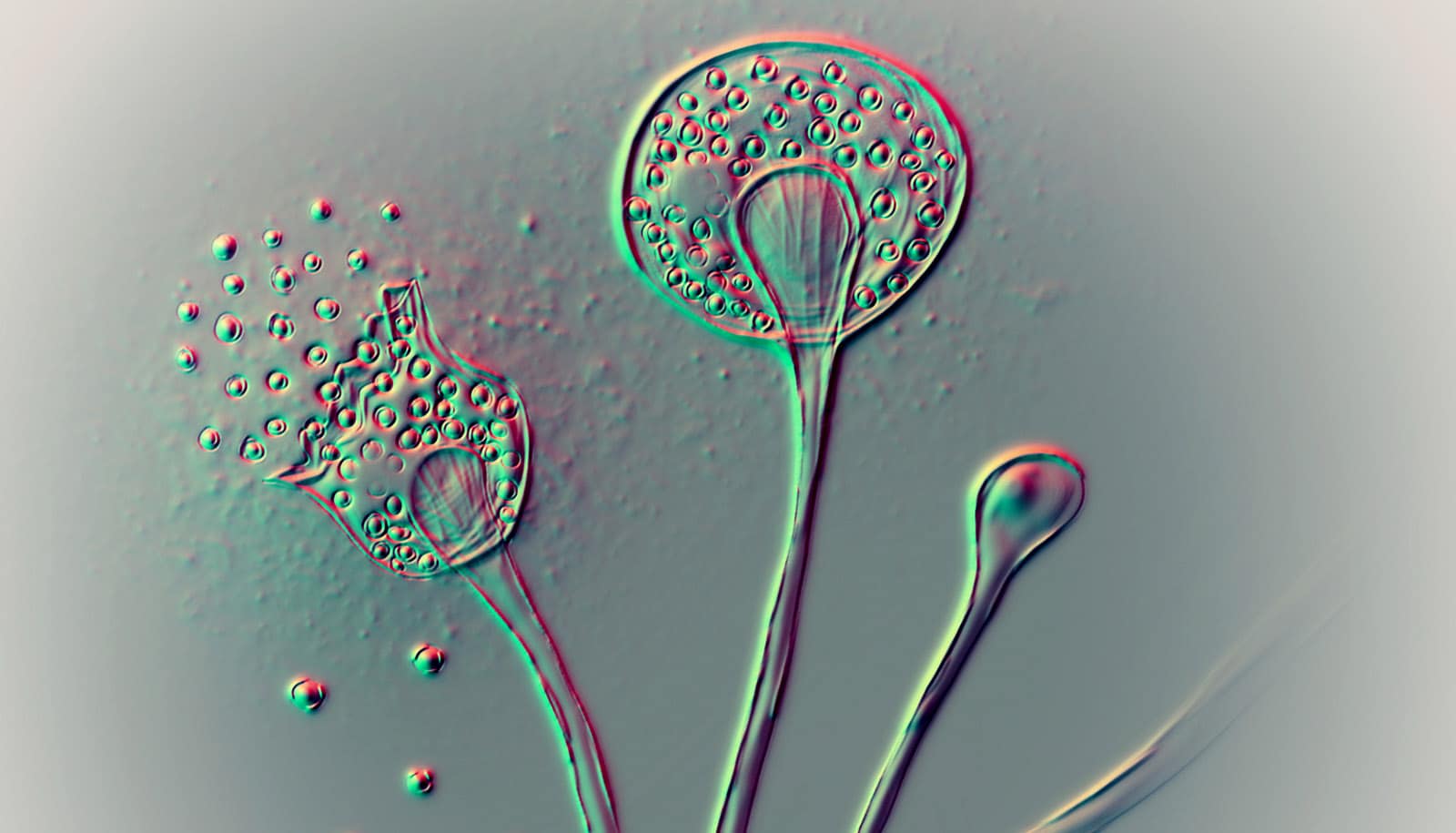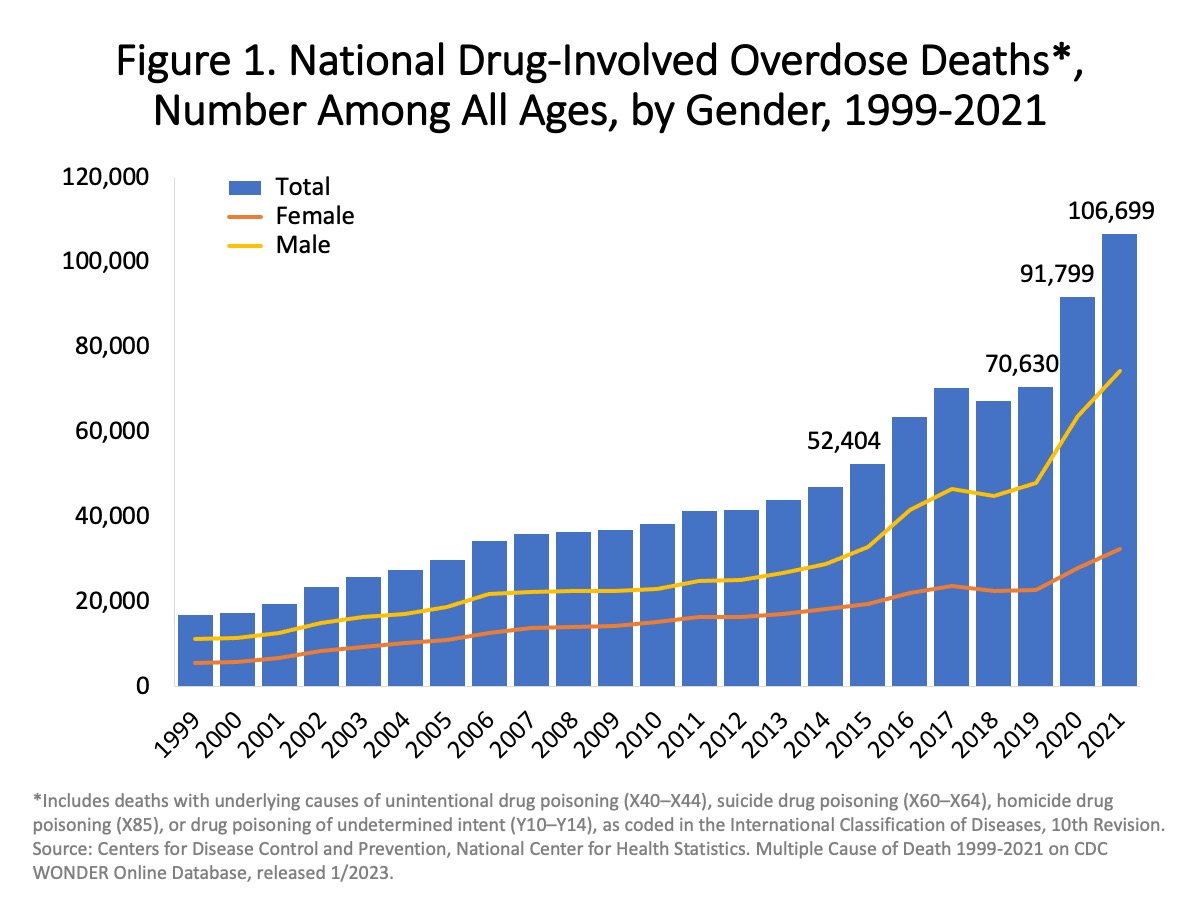The Impact Of Global Warming On The Spread Of Pathogenic Fungi

Table of Contents
Pathogenic fungi are microscopic organisms capable of causing disease in humans, animals, and plants. These fungi, unlike bacteria or viruses, often thrive in warmer, more humid environments, producing spores that can easily spread through the air, water, and soil. Their impact on human health ranges from mild skin infections to life-threatening systemic diseases, while their effect on ecosystems can be devastating, impacting food security and biodiversity. We will delve into the complex relationship between global warming, climate change, and the increased prevalence of fungal infections.
Rising Temperatures and Fungal Growth
Increased global temperatures are significantly impacting fungal growth rates and reproductive cycles. Many pathogenic fungi exhibit increased thermal tolerance, meaning they can survive and reproduce at higher temperatures than previously thought possible. This leads to faster growth rates and a greater potential for infection.
- Accelerated Growth: Warmer temperatures speed up the metabolic processes within fungal cells, leading to faster growth and the production of a greater number of spores.
- Extended Growing Seasons: Longer periods of warmth extend the time frame during which fungi can actively reproduce and spread, increasing the overall risk of infection.
- Examples: Several pathogenic fungi, including Candida albicans (a common cause of yeast infections), Aspergillus fumigatus (which can cause lung infections), and Cryptococcus neoformans (responsible for cryptococcal meningitis), show a clear correlation between increased temperature and accelerated growth.
Scientific studies have confirmed this relationship. For instance, research published in Nature Climate Change demonstrated a significant positive correlation between rising temperatures and increased incidence of Coccidioides infections in the southwestern United States. These findings highlight the direct impact of temperature increase on fungal growth rate and reproductive cycles, ultimately leading to a higher risk of fungal diseases. The adaptation of fungi to higher temperatures further exacerbates this threat, impacting thermal tolerance and survival.
Altered Precipitation Patterns and Fungal Dispersion
Changes in rainfall and humidity are crucial factors influencing fungal spore dispersal and survival. Increased precipitation and humidity create ideal conditions for fungal growth, while flooding and extreme weather events can disperse spores over vast distances, expanding the geographic range of pathogenic fungi.
- Increased Spore Dispersal: Heavy rainfall and strong winds can carry fungal spores long distances, spreading them to new areas and increasing the potential for infection in previously unaffected regions.
- Favorable Growth Conditions: High humidity levels provide the moisture necessary for fungal spores to germinate and grow, leading to increased fungal biomass and a greater risk of infection.
- Geographic Range Expansion: Changes in precipitation patterns can expand the geographic range of many pathogenic fungi, making them a threat in areas previously considered unsuitable for their growth. For example, the spread of Fusarium species, known for causing plant diseases, is being linked to altered rainfall patterns.
Flooding, a consequence of altered precipitation, creates stagnant water environments—perfect breeding grounds for many fungal pathogens. The combination of increased humidity and waterlogged conditions significantly increases the risk of fungal diseases in both human and plant populations. Understanding fungal ecology and its response to these climatic changes is vital to predicting and mitigating future outbreaks.
Weakened Immune Systems and Increased Susceptibility
Global warming indirectly contributes to the spread of pathogenic fungi by weakening human and animal immune systems. Heat stress, malnutrition, and other climate-related factors compromise immune function, making individuals more vulnerable to fungal infections.
- Heat Stress: Extreme heat can suppress the immune system, leaving individuals more susceptible to infections, including fungal diseases.
- Malnutrition: Climate change impacts food security, leading to malnutrition and weakened immune systems, especially in vulnerable populations.
- Vulnerable Populations: Children, the elderly, and people with pre-existing health conditions are particularly vulnerable to the combined effects of climate change and increased fungal infections.
These climate-related health risks highlight the indirect but significant impact of global warming on fungal disease prevalence. The synergistic effect of weakened immunity and a rising fungal burden creates a serious public health concern, demanding a comprehensive approach to mitigation and adaptation.
Impact on Agriculture and Food Security
Global warming significantly impacts crop yields through increased incidence of fungal diseases in plants. This can lead to food shortages and increased vulnerability to famine, particularly in regions already facing food insecurity.
- Increased Crop Losses: Warmer temperatures and altered precipitation patterns create conditions favorable for the growth of fungal plant pathogens, leading to significant crop losses.
- Food Security Threats: Reduced crop yields due to fungal diseases can lead to food shortages and increased vulnerability to famine, especially in developing countries.
- Economic Impacts: The economic burden of crop losses due to fungal diseases further exacerbates the challenges posed by climate change.
Fungal plant pathogens are a major threat to global food security, and the impact of global warming on their spread is exacerbating this challenge. Effective strategies to manage fungal diseases in crops are crucial to ensuring food security in a changing climate.
Understanding and Addressing the Threat of Pathogenic Fungi in a Warming World
Global warming is significantly impacting the spread of pathogenic fungi, leading to increased incidences of fungal infections in humans, animals, and plants. Rising temperatures, altered precipitation patterns, and weakened immune systems all contribute to this growing threat. Understanding this complex interplay is crucial for developing effective mitigation and adaptation strategies. Further research is urgently needed to fill knowledge gaps, improve our predictive capabilities, and enhance our preparedness for future outbreaks.
Learn more about the impact of global warming on the spread of pathogenic fungi and how you can contribute to mitigating climate change to protect yourself and your community. Supporting initiatives aimed at combating climate change and improving public health is essential to addressing this escalating challenge and protecting against the increasingly prevalent threat of pathogenic fungi.

Featured Posts
-
 D C Region Prepares For Unprecedented Pride Season
May 26, 2025
D C Region Prepares For Unprecedented Pride Season
May 26, 2025 -
 Thierry Ardisson Confessions Intimes Sur Ses Nuits Devant 50 Personnes
May 26, 2025
Thierry Ardisson Confessions Intimes Sur Ses Nuits Devant 50 Personnes
May 26, 2025 -
 Jadwal Tayang Moto Gp Argentina 2025 Di Trans7 Jam And Tanggal
May 26, 2025
Jadwal Tayang Moto Gp Argentina 2025 Di Trans7 Jam And Tanggal
May 26, 2025 -
 Rtbf Liege Le Futur Du Site Du Palais Des Congres
May 26, 2025
Rtbf Liege Le Futur Du Site Du Palais Des Congres
May 26, 2025 -
 The Plight Of Idf Soldiers Held In Gaza Accounts Of Their Ordeals
May 26, 2025
The Plight Of Idf Soldiers Held In Gaza Accounts Of Their Ordeals
May 26, 2025
Latest Posts
-
 High Fentanyl Levels Found In Princes Autopsy March 26th Report
May 31, 2025
High Fentanyl Levels Found In Princes Autopsy March 26th Report
May 31, 2025 -
 The Almanac Your Comprehensive Guide To Daily News Sports And Jobs
May 31, 2025
The Almanac Your Comprehensive Guide To Daily News Sports And Jobs
May 31, 2025 -
 Princes Death March 26th Fentanyl Levels Revealed
May 31, 2025
Princes Death March 26th Fentanyl Levels Revealed
May 31, 2025 -
 Almanac Daily Press Get The Latest News Sports Scores And Job Listings
May 31, 2025
Almanac Daily Press Get The Latest News Sports Scores And Job Listings
May 31, 2025 -
 Daily Press Almanac News Sports And Job Updates
May 31, 2025
Daily Press Almanac News Sports And Job Updates
May 31, 2025
